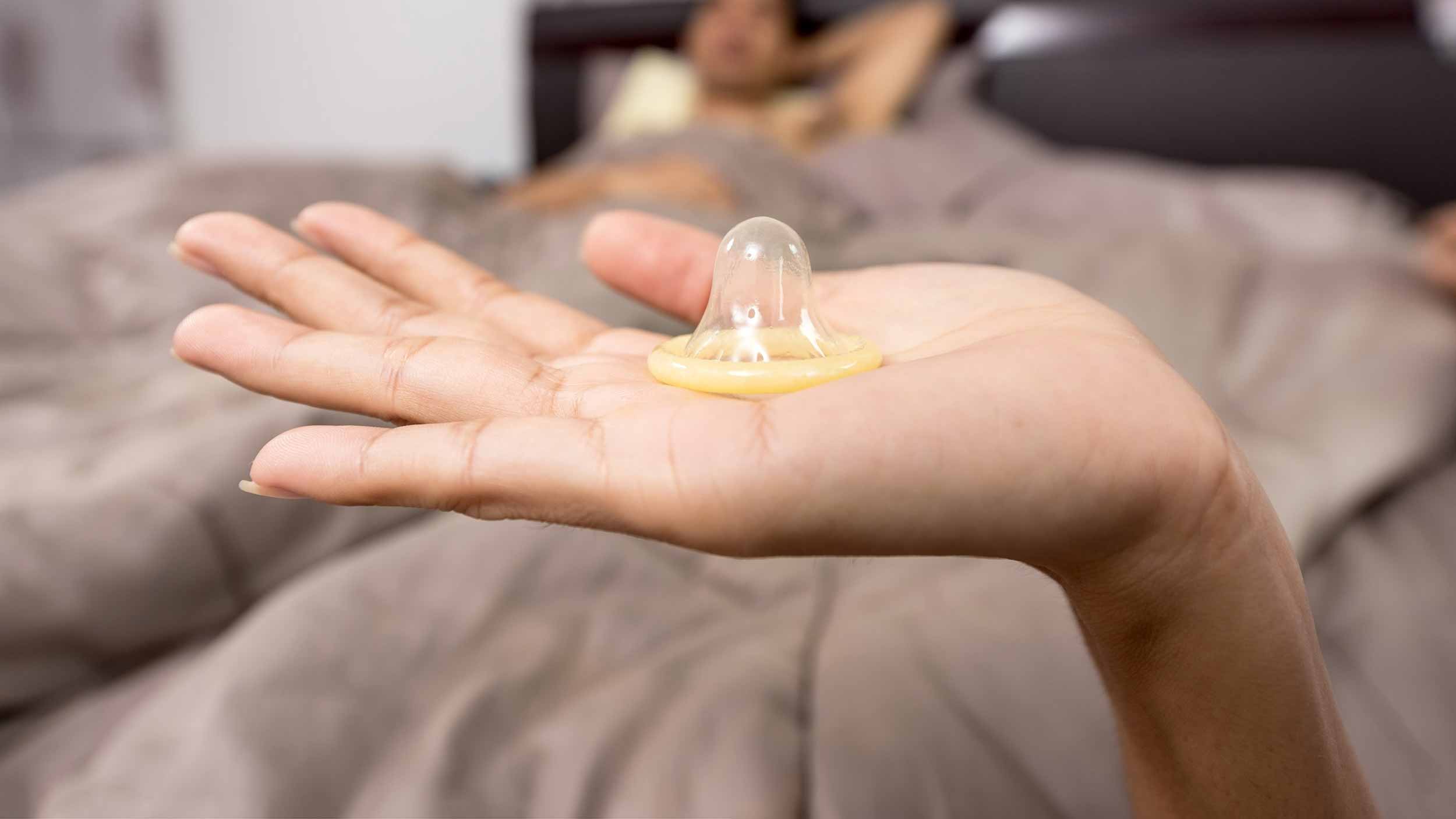With the variety of options that exist today, how do you know which method of contraception is the right one for you.
We look at different types of contraception to keep you informed of the different options available.
In Australia today, there’s a wide range of different contraceptive devices available on the market. Although the most popular form of contraception remains the oral contraceptive pill and condoms, Dr Kent Kuswanto, a Consultant Gynaecologist from Epworth Freemasons Hospital says that other forms of contraception are gaining popularity due to convenience.
So what exactly are the main types of contraception and how do they differ?
Barrier methods of contraception
Barrier methods of contraception include the male condom, the female condom and the diaphragm. Most people will be familiar with the male condom, but may not know much about the female condom, which is similar in appearance to the male condom but is made from polyurethane instead of latex and has a flexible ring at each end.
The diaphragm is a small, soft, silicone dome, which needs to be inserted into the vagina, covering the cervix. However, the diaphragm is only 86% effective in preventing pregnancy, whereas the male condom is 98% effective and the female condom is 95% effective.
Long Acting Reversible Contraception (LARC)
Under the umbrella of ‘Long Acting Reversible Contraception’ sit the contraceptive implant, contraceptive injections and IUDs. Each of these methods of contraception can prevent pregnancy for months or years without needing to be changed or replaced.
The contraceptive implant – commonly known as the ‘Implanon’, is a small plastic rod that gets inserted into your upper arm, to release a hormone that prevents ovulation. The Implanon will last up to three years and can easily be removed. Similarly, the IUD will last between 5-10 years. The contraceptive injection has similar effects to an IUD or Implanon, however, it will need to be administered every 12-14 weeks.
Oral contraceptive pills and vaginal rings
Commonly known as ‘the pill’, the combined contraceptive pill remains one of the most popular forms of contraception. When taken correctly it can be 99.7% effective, however forgetting to take the pill can reduce its effectiveness to 93%.
The vaginal ring works in a similar way to the pill, but it is inserted into the vagina for three weeks. Like the contraceptive pill it can be 99.7% effective if used correctly.
The mini pill is different to the combined contraceptive pill as it only contains one hormone. The mini pill is considered less effective than the combined pill as it needs to be taken at the same time every day.
Where to get help
Dr Kent Kuswanto, Gynaecologist, says that it’s important for women to discuss their contraceptive options with their doctor to determine the best type for their needs.
For more information on women’s health issues, support is available at Epworth Geelong Women’s Health Clinic and the GP Clinic at Epworth Freemasons.
25 October 2018

